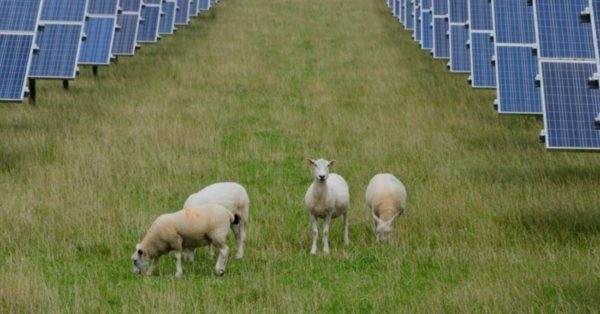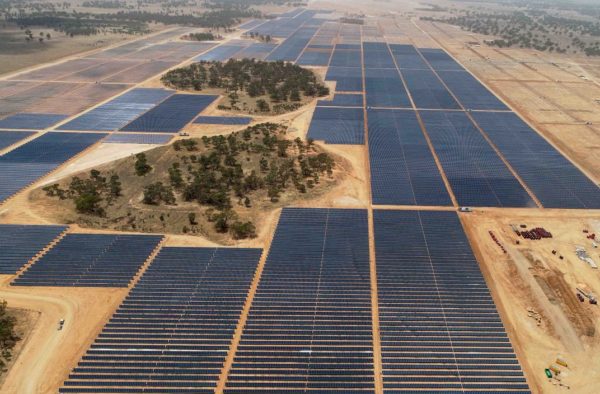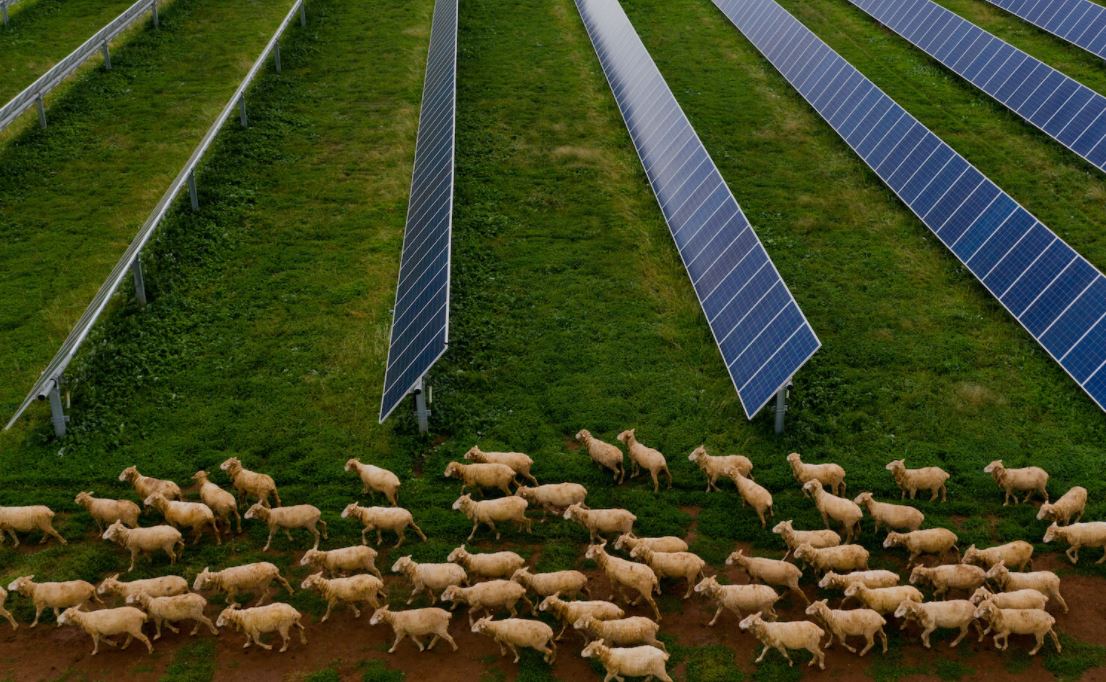Renewable energy developer Octopus Australia has expanded its partnership with the government-owned Clean Energy Finance Corporation (CEFC), announcing on Friday the joint venture will develop and deliver the proposed Blind Creek solar-storage hybrid power plant in New South Wales’ (NSW) southwest.
The Blind Creek project includes a 300MW solar farm coupled with a battery energy storage system. The solar farm is expected to produce 735,000MWh of renewable energy annually, enough to power more than 124,000 houses per year. The storage capacity has not been revealed, beyond Octopus describing it as “large scale”.
Octopus said in a statement the project is “uniquely positioned on a strong part of the existing transmission network”, about eight kilometres northwest of Bungendore, between the major load centres of Sydney and Canberra.
Octopus Australia head of investment and development Sonia Teitel said the project would make a significant contribution to the NSW energy transition without requiring major transmission works.
“We are very excited as we see this as a huge opportunity in large-scale storage in NSW as we grow our renewables portfolio and continue to support the NSW energy transition,” she said. “We are delighted to work alongside the founders to turn their vision into reality.”

Image: Blind Creek
The Blind Creek project has evolved from the Capital Solar Farm which was approved by NSW Planning in 2013. Originally developed by Infigen Energy, it was taken over by a group of local farmers when Infigen’s agreements lapsed. The project has been designed, with technical support
from Stride Renewables, NGH and Axcentium, so solar energy production can co-exist with farming activity which is to continue under and around the panels for the life of the project.
“From the outset our goal was to co-locate renewable energy with regenerative agriculture and carbon sequestration while maintaining sheep production,” project founder and landowner Dominic Osborne said.
“We also had a clear vision of how we wanted to involve our local community in the project. Our relationship with Octopus and the CEFC means our commitment to create a more sustainable future for our family farm and positive outcomes for our community has taken an exciting step forward.”
Monique Miller, executive director of the CEFC, which will contribute up to $5 million in funding to the project, said he Blind Creek development would help fill the gap left by the impending retirement of the state’s biggest coal-fired power stations.
“The development at Blind Creek is a significant opportunity for solar and storage generation between two major load centres and in a state which will see some coal-fired generation retiring in the short term, requiring significant new generation to support security and reliability,” she said.

Image: Edify
Octopus, which is joint owner of the 275MW Darlington Point Solar Farm in western NSW, said it will now look to move the Blind Creek project into the next stage of development and accelerate its ultimate delivery.
Octopus entered Australia in 2018 and is currently managing over $1billion of renewable assets domestically. Most notably, this includes being the owner of the 333MWdc Darlington Point Solar Farm, currently the largest solar farm generating into the National Electricity Market and also the 180MW Dulacca Wind Farm in QLD, which is currently under construction
The Blind Creek project is the latest for the Octopus Australia and CEFC joint venture (JV) which was first announced in August 2021 with the two teaming up to develop the proposed 44MW Perry Bridge Solar and the nearby 80MW Fulham Solar Farm in regional Victoria.
Earlier this month the JV announced it was advancing plans for a multibillion-dollar solar, battery storage, wind and potentially green hydrogen project in Victoria’s Gippsland region.
This content is protected by copyright and may not be reused. If you want to cooperate with us and would like to reuse some of our content, please contact: editors@pv-magazine.com.









By submitting this form you agree to pv magazine using your data for the purposes of publishing your comment.
Your personal data will only be disclosed or otherwise transmitted to third parties for the purposes of spam filtering or if this is necessary for technical maintenance of the website. Any other transfer to third parties will not take place unless this is justified on the basis of applicable data protection regulations or if pv magazine is legally obliged to do so.
You may revoke this consent at any time with effect for the future, in which case your personal data will be deleted immediately. Otherwise, your data will be deleted if pv magazine has processed your request or the purpose of data storage is fulfilled.
Further information on data privacy can be found in our Data Protection Policy.